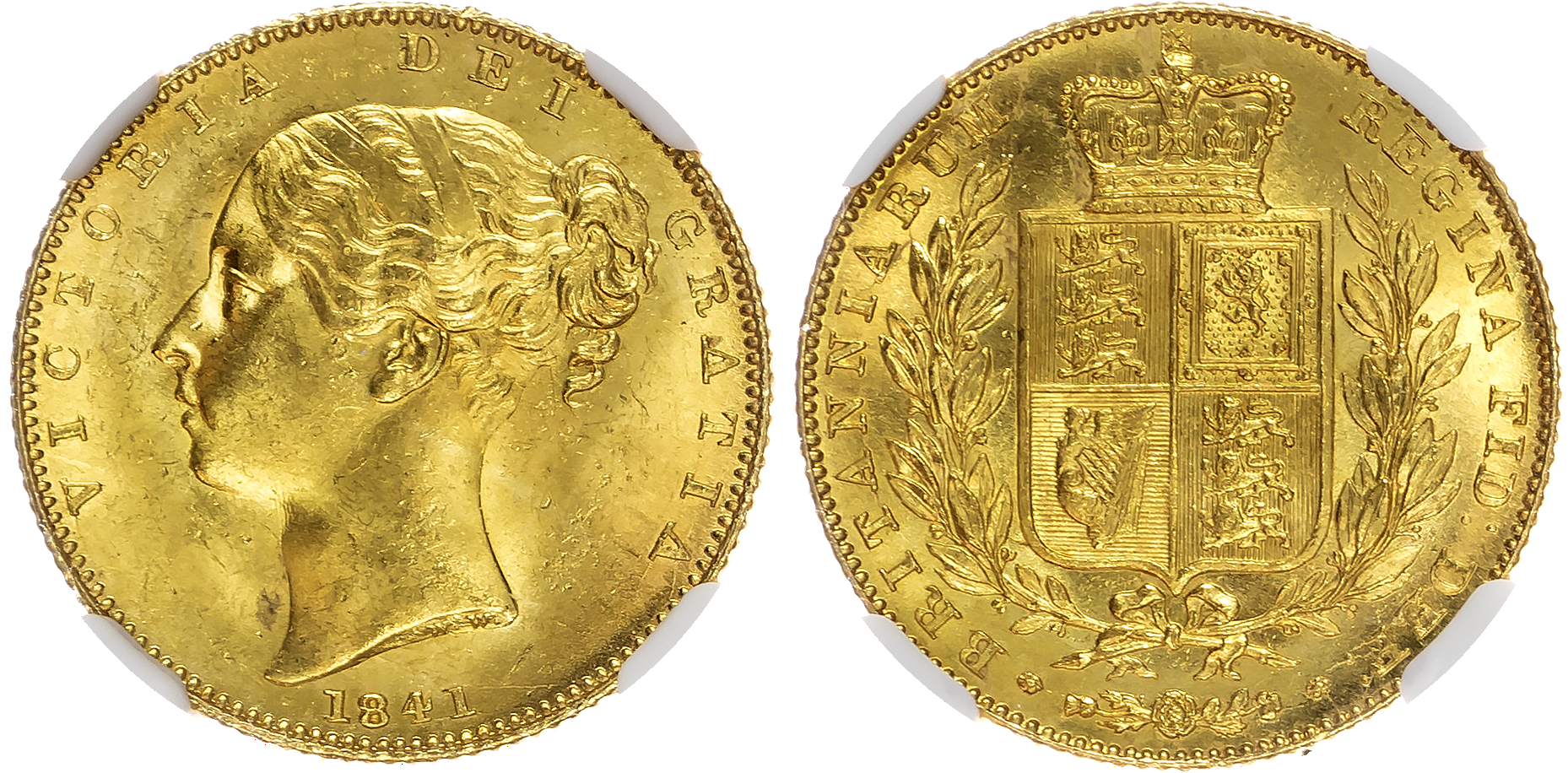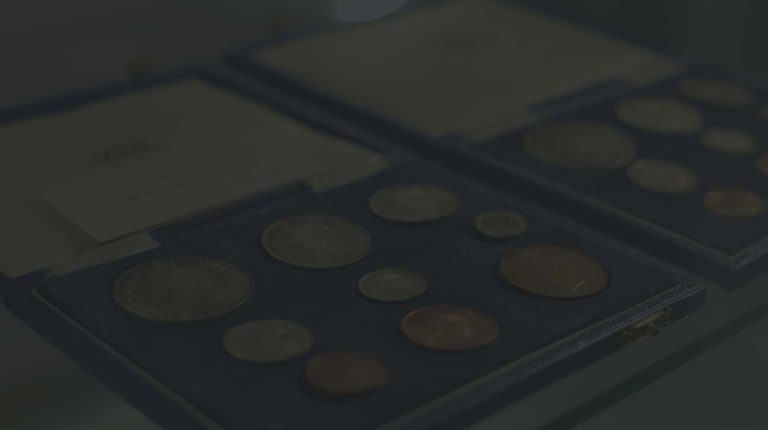Description
Victoria (1837-1901), Sovereign, 1841, unbarred A’s in GRATIA, first young head left, raised W.W. on truncation, reverse crowned ‘normal’ shield in wreath, edge milled, (Marsh 24A; S.3852). Choice mint state, exceptional. Encapsulated by NGC as MS65.
A similar example sold in the US graded by PCGS only ever so slightly higher as MS65+ for £76,838 including buyers premium. Joint highest graded by NGC. The mintage of gold sovereigns was particularly scant in this year, with a reported issuance of just 124,054 pieces, compared to several million for most of the dates of this first bust type. Examination of the Royal Mint’s output of all coins for the first half of the 19th century (as given on Table 74 in Challis’s New History of the Royal Mint) reveals that the totals for 1841 were smaller than normal but not exceedingly so, which leads to the next question: what happened to all the 1841 sovereigns (not to mention half-sovereigns and halfcrowns), making them rarities today? Challis mentions the heavier export of copper and silver beginning in 1835 (page 487), but this had no impact on the gold coinage. Commercial attrition explains the overall scarcity of Queen Victoria’s early gold, but what happened in particular to the sovereigns of 1838, 1839 and 1841? The 1838 sovereign’s mintage was 2.7 million coins, yet it is very rare today. The 1839 sovereign is rarer still in Mint State, perhaps reflecting its mintage of just over half a million pieces. But 1841 is rare in all grades and almost unknown in Mint State. Challis relates that during the early 1840s the Royal Mint was under special scrutiny by government officials looking into its costs (pages 493-496), and that its records were suspect as being possibly inaccurate due to political squabbling. Yet none of this explains the rarity of the 1838, 1839 and especially 1841 sovereigns. British commerce has always been intense and this clearly supports the idea that these first sovereigns of the new reign were heavily used. But so were all of the other issued dates of the 1840s, 1850s and 1860s. When the Bank of England instructed the Royal Mint to melt down some 90 million sovereigns into gold bars during 1930-31, as Challis tells us (page 576), it may well be that the older, more worn coins went into the melting pots to such an extent that the bulk of remaining earlier dates thus disappeared forever. Survival was nothing less than chance.




